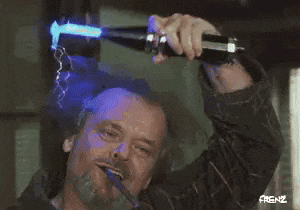The impact of wavelengths of LED light-therapy on endothelial cells
By Sabrina Rohringer, Wolfgang Holnthoner, Sidrah Chaudary, Paul Slezak, Eleni Priglinger, Martin Strassl, Karoline Pill, Severin Mühleder, Heinz Redl, Peter Dungel
06 September 2017
Abstract
Low level light therapy receives increasing interest in the fields of tissue regeneration and wound healing. Several in vivo studies demonstrated the positive effects of LLLT on angiogenesis. This study aimed to investigate the underlying properties in vitro by comparing the effects of light therapy by light emitting diodes of different wavelengths on endothelial cells in vitro. Human umbilical vein endothelial cells were treated with either 475nm, 516nm or 635nm light. Control cells were not illuminated. 2D proliferation was quantified by manual counting. HUVEC migration was analyzed by performing a 2D wound scratch assay and a 3D bead assay. The influence of LLLT on early vasculogenic events was determined in a 3D fbrin co-culture model with adipose-derived stem cells. Stimulation with both red and green pulsed LED light significantly increased HUVEC proliferation and 3D migration. Moreover, HUVEC showed increased 2D migration potential with green light stimulation. The treatment with blue light was ineffective. Several parameters showed that green light was even more potent to stimulate proliferation and migration of endothelial cells than clinically well-established red light therapy. Further studies have to focus on intracellular mechanisms induced by different wavelengths in order to optimize this promising therapy in tissue regeneration.
LLLT by red and green LED light increases the proliferation of HUVEC in a 2D culture environment while blue LED light decreases cell metabolic activity
HUVEC show signifcantly higher migration with green and red LED light stimulation
LLLT infuences the protein expression in HUVEC/ASC co-cultures
Cells
LLLT stimulation
Proliferation and MTT assays
2D migration- Scratch assay
3D migration- bead assay
HUVEC/ASC co-cultures in 3D fbrin matrices
Quantifcation of fuorescent cells and vascular networks
NO measurement
Protein expression
ROS formation
Statistics.



Leave a Reply